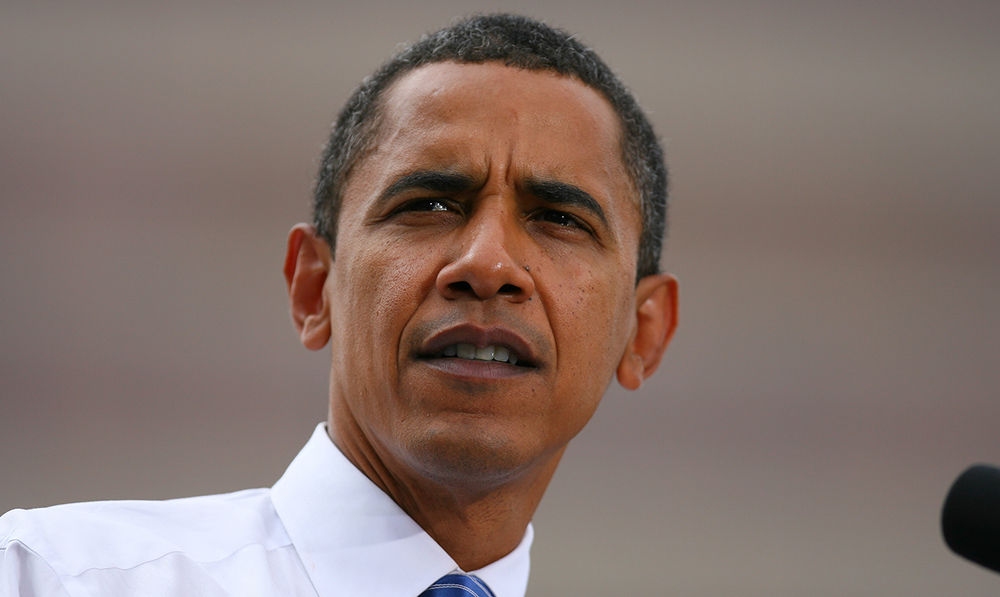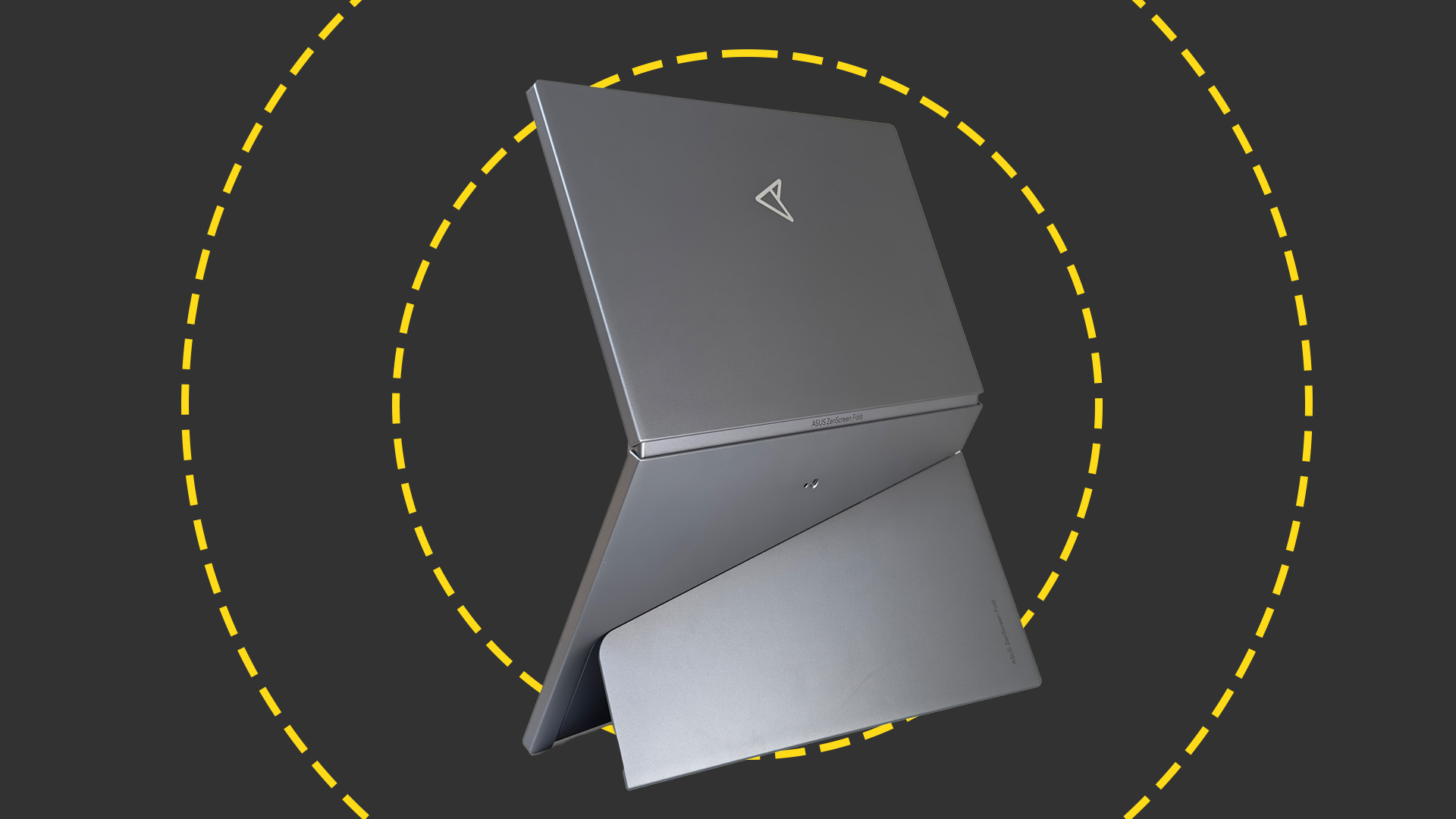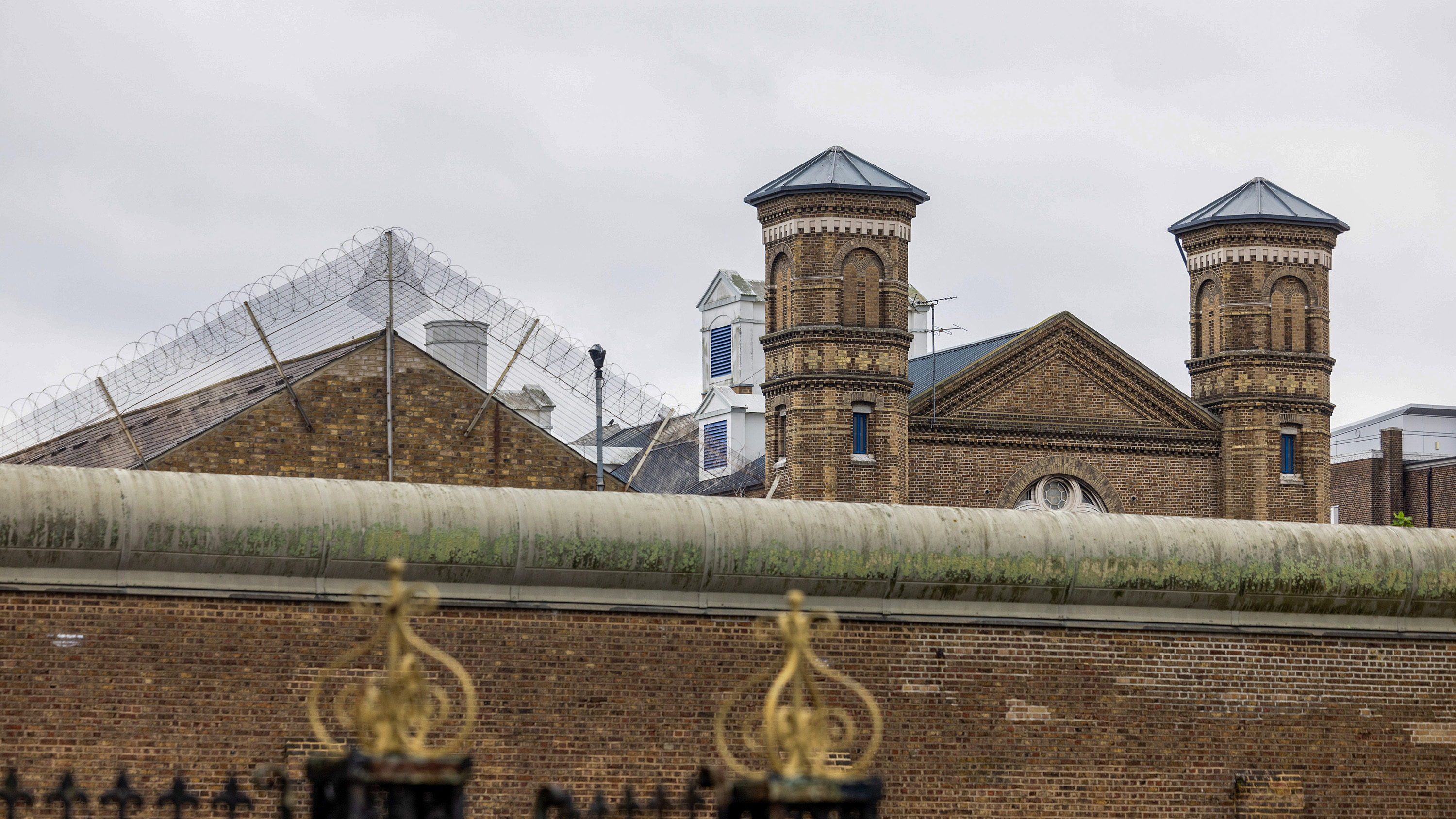London bans drones during President Obama's visit
Ban extends to Windsor when Obama has lunch with the Queen tomorrow

Drones will be banned across large areas of London this week during President Barack Obama's visit to the capital.
The restrictions on the remote-controlled, unmanned aircraft will apply between 9am today and 10.30pm on Sunday.
The ban also extends between London and Windsor, where Obama is due to have lunch with the Queen tomorrow.
"Any small balloon, any kite weighing not more than two kilograms, any small unmanned aircraft and any parachute including a parascending parachute" are also included in the restrictions, the Civil Aviation Authority (CAA) said.
These measures form part of the "overarching security plan" for the visit of President Obama and First Lady Michelle Obama.
It comes just days after a drone collided with a passenger aircraft at Heathrow last week.
The pilot of a British Airways flight from Geneva to London, carrying 132 passengers, told the police an object, believed to be a drone, hit the plane before it landed. Police are now investigating the incident.
Get the ITPro daily newsletter
Sign up today and you will receive a free copy of our Future Focus 2025 report - the leading guidance on AI, cybersecurity and other IT challenges as per 700+ senior executives
Drone regulations are still being shaped by the authorities. Drones can usually be flown up to 400ft (122m), according to the CAA's rules.
But during the presidential visit, regulations prohibit any aircraft from flying below 2,500ft(762m), unless they are using Heathrow, Stansted or London City airports.
Bans on drones have been enforced for other high-profile visits before, and for sporting events, such as the 2012 London Olympics and the British Grand Prix at Silverstone.
-
 Asus ZenScreen Fold OLED MQ17QH review
Asus ZenScreen Fold OLED MQ17QH reviewReviews A stunning foldable 17.3in OLED display – but it's too expensive to be anything more than a thrilling tech demo
By Sasha Muller
-
 How the UK MoJ achieved secure networks for prisons and offices with Palo Alto Networks
How the UK MoJ achieved secure networks for prisons and offices with Palo Alto NetworksCase study Adopting zero trust is a necessity when your own users are trying to launch cyber attacks
By Rory Bathgate